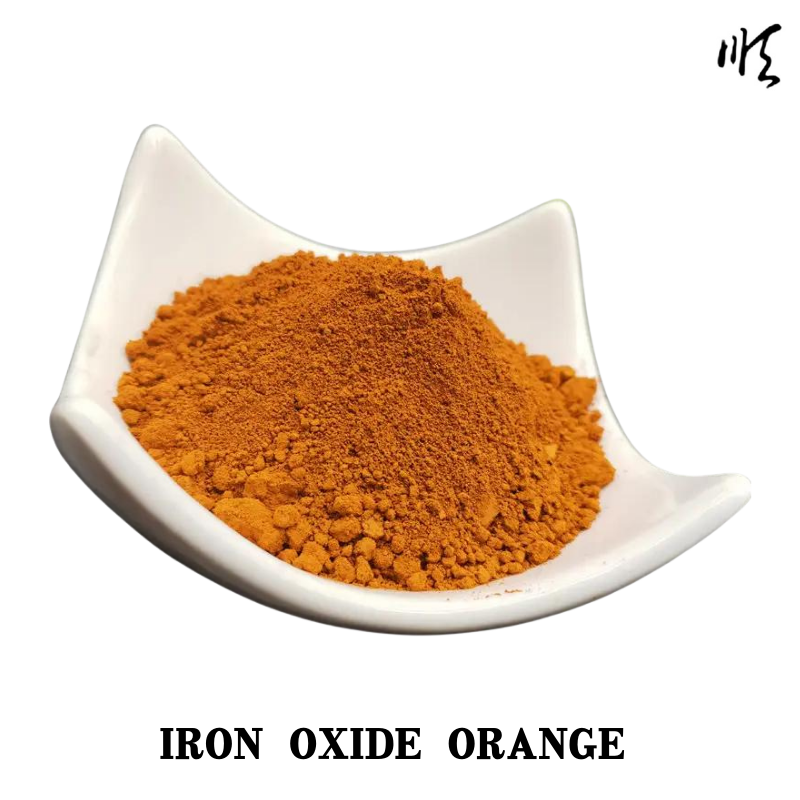
pumice and scoria
Pumice and Scoria Natural Wonders of Volcanic Origin
Pumice and scoria are two remarkable types of volcanic rocks that share a common origin yet possess distinct characteristics that make them both fascinating and useful in various applications. These natural wonders are products of explosive volcanic eruptions, where magma is expelled from the earth’s interior, rapidly cooled, and solidified. Though they may appear superficially similar, the differences between pumice and scoria are significant, impacting their uses and geological significance.
Pumice is a light, porous volcanic rock that forms when volcanic glass cools and depressurizes quickly. Its formation process includes the trapping of gas bubbles, which gives pumice its characteristic frothy appearance and low density. This unique structure allows pumice to float on water, a property that distinguishes it from many other types of rock. Pumice is typically light-colored, ranging from white to light gray, although it can also be found in shades of brown or green, depending on the iron content and mineral composition. The presence of these bubbles contributes to pumice’s softness, making it highly abrasive; therefore, it is often utilized in various industries, including cosmetics (as a gentle exfoliant), construction (as a lightweight aggregate), and horticulture (promoting aeration in soil).
Scoria, on the other hand, is a darker, denser volcanic rock characterized by a more robust texture. It is formed from lava that cools relatively slowly, allowing gas bubbles to escape and leave behind larger cavities. Scoria's color typically ranges from black to dark red, depending on the mineral content, and its weight is considerably more than that of pumice. With its rough surface and a higher density, scoria is less suited for floating but provides excellent drainage properties, making it a favored material in landscaping and erosion control. In addition, scoria is often used in the production of lightweight concrete and as a base material for various construction projects.
pumice and scoria

The geological significance of pumice and scoria extends beyond their physical properties. They serve as valuable indicators of volcanic activity and the dynamics of magma formation within the Earth. The presence of these rocks in a specific region can inform geologists about past volcanic eruptions, their intensity, and the type of volcanic activity that has shaped the landscape. Regions with abundant pumice and scoria deposits are typically associated with more explosive volcanic activity, whereas areas with less porous rocks may indicate quieter lava flows.
Environmentally, pumice and scoria contribute to soil enrichment. They are often used in landscaping because of their properties of retaining moisture while allowing for drainage, creating ideal conditions for plant growth. They are also used in eco-friendly construction materials, supporting a shift toward sustainable building practices. As the construction industry becomes increasingly aware of its environmental impact, the demand for lightweight aggregates like pumice and scoria is rising, paving the way for innovative uses in green building initiatives.
In conclusion, pumice and scoria are two intriguing volcanic rocks that, while born from the same fiery origins, exhibit unique characteristics and applications. Their diverse uses in industries ranging from construction to horticulture demonstrate their importance in both economic and ecological contexts. As we continue to explore these natural materials, we uncover not only their geological story but also their potential for contributing to sustainable practices in our modern world. Whether you’re gazing at the light, buoyant pieces of pumice or the rough, dark scoria, you are witnessing the incredible forces of nature consolidated into forms that benefit humanity in myriad ways.
Share
-
Premium Kaolin Powder | High-Purity Mineral SolutionNewsAug.05,2025
-
Premium Glass Sand Solutions | High Purity SupplyNewsAug.03,2025
-
Premium Talcum Powder Enhanced with GPT-4 Turbo | Soft & Long-LastingNewsAug.02,2025
-
Fly Ash Solutions Enhanced by GPT-4 Turbo | Sustainable InnovationNewsAug.01,2025
-
Natural Premium Bentonite Cat Litter - Superior ClumpingNewsJul.31,2025
-
Premium Resin Coated Sand - High Heat Resistance CastingNewsJul.31,2025






